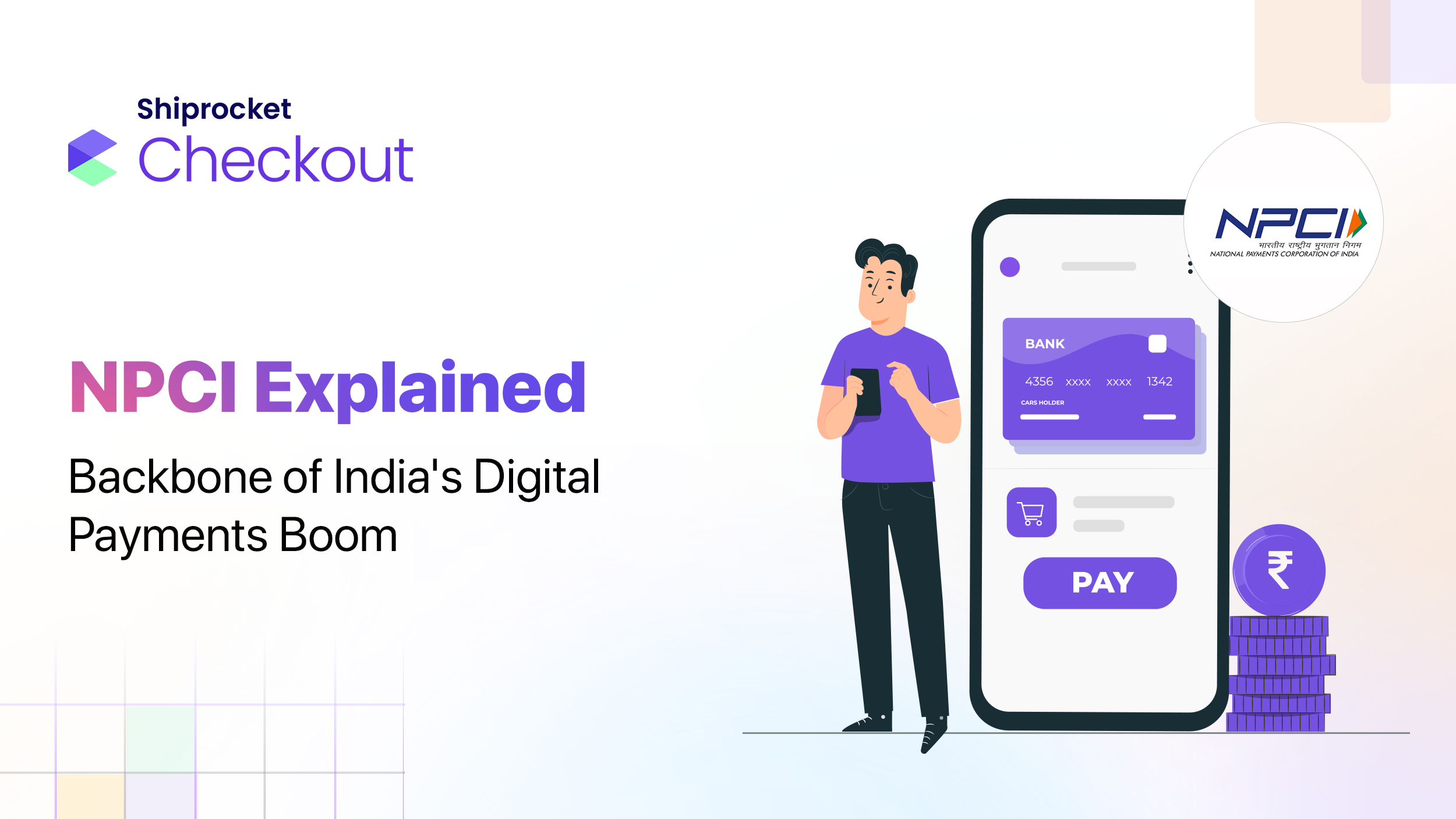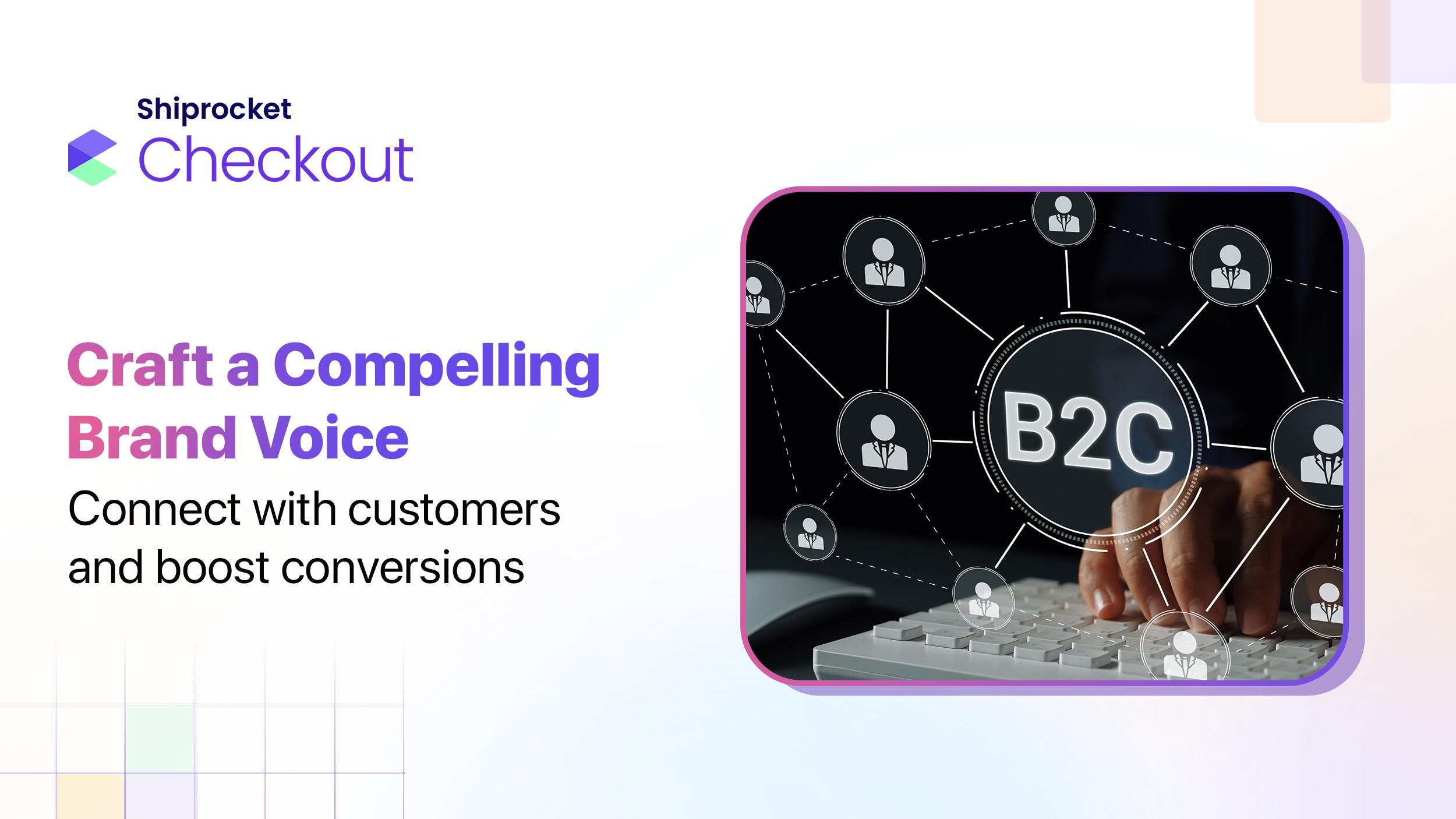eCommerce Payment Gateway: A Guide for Online Entrepreneurs
In today’s digital world, eCommerce has taken over conventional shopping methods and has certainly made its mark in the business world. With more and more consumers turning toward online shopping, many retail businesses have made their online presence to compete and survive the eCommerce race. Managing an online store is a great task and employing a secure payment gateway for the transactions is a vital part of maintaining a trustworthy website.
The value of the global eCommerce payment gateways market was USD 26.79 billion in 2022. This market value is expected to expand even further at a CAGR of 22.2% from 2023 to 2030.
These statistics show that there is a huge demand for eCommerce payment gateway technology. Ever wondered what must be integrated into your online shopping platform to ensure that all transactions made by customers remain secure? The right infrastructure is a mandate for ensuring a seamless online shopping experience and this is where payment gateways come into play.
This blog elaborates on what payment gateways are and how they work and make online shopping a seamless experience for your customers.
Understanding eCommerce Payment Gateways
eCommerce payment gateways are tools that facilitate the efficient and secure flow of virtual transactions. These are the “checkout” portals seen in online shopping sites where customers enter credit card numbers or service login credentials to make payments. These digital platforms act as a link between customers, sellers, and financial institutions to ensure that transmission of sensitive and secure data like credit and debit card information is bridged only during the time of online payments. Through encryption, the banking data are securely transmitted when initiating an online transaction. eCommerce payment gateways give customers a seamless and hassle-free online payment experience, eliminating the chances of theft and fraud.
How Payment Gateways Make Life Easier for Online Shops
Through the employment of a payment gateway, online transactions can be facilitated between customers and merchants more conveniently. This enhances the ease and efficiency of the online payment process. Payment gateways are today an integral part of eCommerce business and the modern business landscape. They ensure that your business as well as your customers are free from all forms of risks related to online transactions and guarantee consumer satisfaction.
Within the eCommerce world, payment gateways act as the spine that facilitates the business. This technology enables the transferring of funds through the Internet thus acting as a crucial conduit between online sellers and merchants.
Payment gateways make life easier for online businesses in the following ways:
- Payment gateways enable easy verification and authorisation of payments conducted over the internet
- They act as intermediaries that allow secure transactions between sellers and buyers.
- The addition of payment gateways into an eCommerce business platform elevates the buying experience.
- The payment gateways make sure that the transactions are speedy and secure while streamlining the whole process for seamless usage.
- Payment gateway services are offered by authorised financial institutions that are certainly trustworthy and regulated bodies.
How Do eCommerce Payment Gateways Work?
The working of eCommerce payment gateways is given below:
- Customer initiation: Services and products can be chosen by a buyer based on the offerings of the eCommerce website and then proceed to the checkout page.
- Entry of payment details: During checkout, on the payment page, customers need to enter the payment details like credit/debit card number, UPI number or internet banking details, billing address, etc.
- Encryption and transmission: The gateway encrypts and transmits the data of the consumer so that it is sent securely over the internet.
- Authorisation and request: The financial institution where the customer has an account receives the encrypted data for authorisation and verification.
- Response of authorisation: The financial institution will validate the transaction and send a response to the gateways to proceed with the payment.
- Confirmation: The response is relayed to the eCommerce website to notify the customer and the seller of the status of the transaction.
- Settlement: Upon authorisation of the transaction, the payment gateway then sends the funds from the customer’s account to the seller’s account.
Important Things About Online Payments for eCommerce Stores
There are several considerations that you must take into account when you speak about online payment gateways for online stores. Let us take a closer look at the following aspects:
- The account of the merchant: A merchant account is an account used in the transition phase of an online transaction procedure. It temporarily holds payments from credit or debit cards, UPI IDs or Internet banking and then is transferred into the business account. Such a method is employed to protect both the consumer and the financial institution processing the payment. Two factors are to be considered here:
- Cost: Time and effort are needed to set up your merchant account and you will need to pay for setting it up along with a monthly maintenance fee. Using the gateway’s merchant account, you will save both time and money but will have to spend a greater transaction fee for every payment made. Thus, it makes sense to use the joint account if you are a small startup. You can choose to scale this based on your business.
- Cash flow: There will be a time lag between when the payments reach the merchant’s account and when they will be transferred into your business account. The delay period is dependent on the choices you make regarding your payment gateways and merchant account.
- Security regarding payment details: Risk is always involved while making online payments, for the customer and the merchant. The primary action to be taken is to ensure that you make your customers feel safe and complete your obligation of protecting their sensitive data. The three major concerns to look out for include:
- Secure Socket Layer (SSL): This layer falls under the merchant’s responsibility. An SSL layer makes sure that when payment details are sent to the gateway, they are encrypted and secured. AN SSL certificate can help you build trust amongst your buyers regarding the safety of their sensitive data.
- Storing details of customer payments: The PCI DSS (Payment Card Industry Data Security Standard) highlights how sensitive consumer data is and how it needs to be handled. While designing your check-out processes, you must have many different methods for consumers to enter their banking details. It can happen in the following ways:
- On the shopping platform: When you ask your buyers to enter their details on the website directly, it ensures that they have a seamless experience. However, you will be liable for all the security aspects of their data and have to comply with the PCI DSS.
- On a third-party page: This is generally your payment gateway page. Your payment gateway will be needed to comply with the PCI DSS and the only downside is the appearance of the gateway page which can tend to scare off buyers.
- Processing the transaction: The majority of eCommerce payments are generally made without cards. Hence, the use of 3D Secure is a mandate. It makes customers enter a one-time PIN or password during checkout and thus protects them from fraud and theft. The merchant does not have much of a role here but being aware of the process and ensuring that your chosen gateway partner uses 3D Secure is mandatory to avoid unnecessary complications.
Shiprocket Checkout for Smoother Transactions
The importance of a payment gateway is well-known to any eCommerce business. Their crucial role in digital payments ensures secure and seamless online payments. With Shiprocket Checkout, you will be guaranteed fast and secure checkout options. It helps you create a seamless shopping experience with a lightning-fast checkout process. If you want more shoppers to complete their purchases, Shiprocket Checkout can help you prevent abandoned carts.
Here are some reasons why you should opt for Shiprocket Checkout:
- It enables 70% faster checkout
- Reduces RTO by 30%
- 60% more conversions can be achieved
- Lowers the abandoned carts rate to 25%
Shiprocket Checkout is designed especially for sellers who want to give their customers a seamless and personalised shopping experience. With this platform, your website can integrate with multiple payment gateways and your customers get a one-click checkout process. Moreover, you get access to advanced real-time analytics for gaining deeper insights into customer behaviour and preferences. This will help you generate more conversions and profits.
Conclusion
Payment gateways form an important part of the eCommerce world today. They ensure that your payment processes are optimised and help your customers gain confidence in your business. You must ensure that you consider the aforementioned factors while choosing the right payment gateway for your business and prioritise reliability, compatibility, security, and price. Your payment infrastructure must be equipped well to ensure that your conversion rates are higher while also giving your customers a seamless shopping experience. Placing the right payment gateway can help you optimise your checkout processes and elevate user experience to unlock the full potential of your eCommerce business.
There are three main types of eCommerce payment gateways. These include fully on-site payments, fully off-site payments, and on-site checkout and off-site payments.
There are several drawbacks to eCommerce payment gateways. Firstly, payment gateways do not always accept all types of cards or payments. Secondly, they don’t always give international shoppers an option to make a payment. Lastly, security issues, integration with other services, and cost can be some major drawbacks.
Yes, stacking payment gateways is a good option. It helps you overcome the drawbacks discussed above. Stacking payment gateways give your customers more payment options to choose from.
The key features of an ideal eCommerce payment gateway include security, automated payment processes, multi-currency support, real-time reporting and analytics, flexible payment options, and a quick setup.




